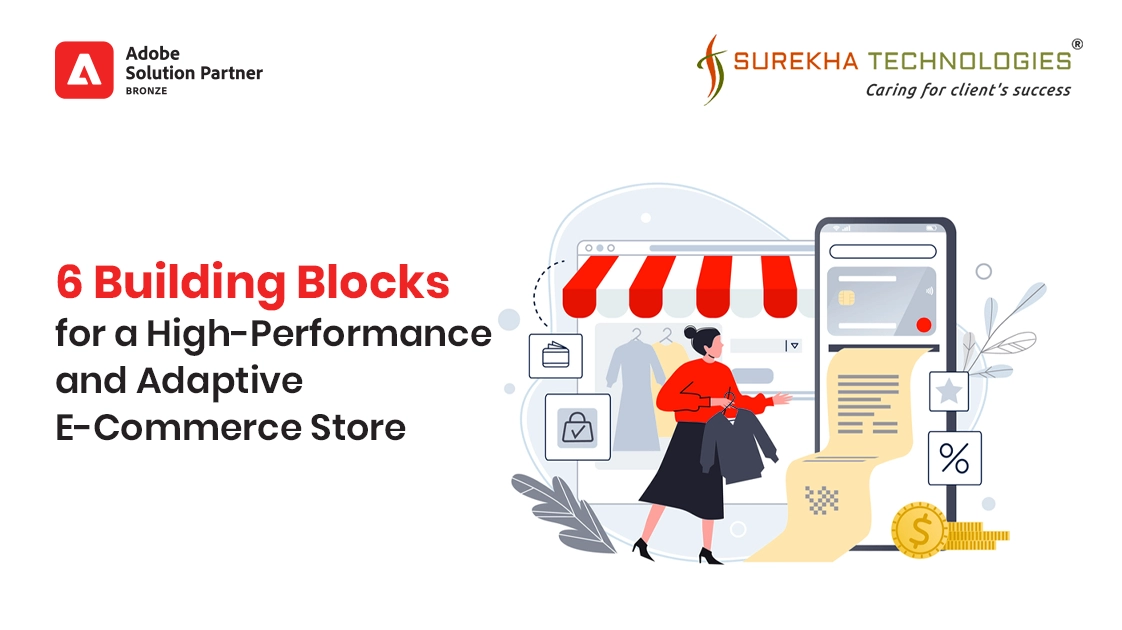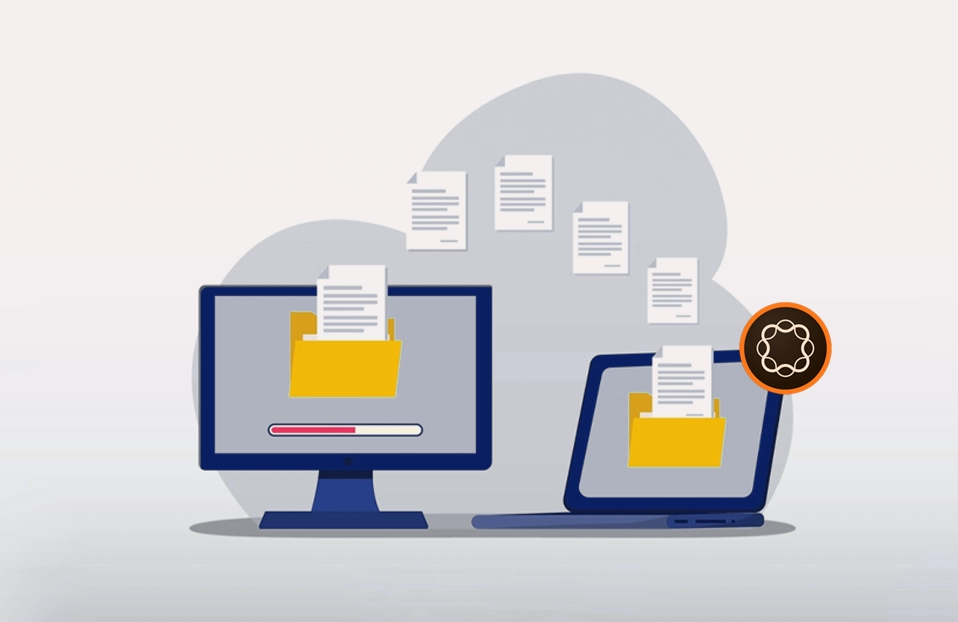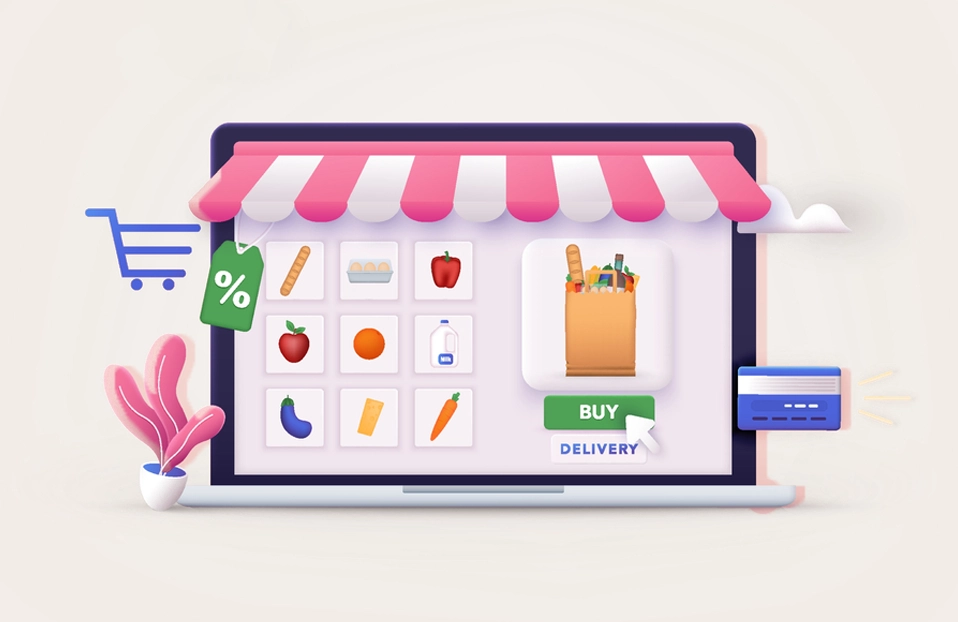In the competitive digital market, building a strong and flexible eCommerce platform is essential. For this, merchants need to give priority to flexibility as consumer expectations change and technology improves rapidly. Knowing the key components of a high performing eCommerce store development is important whether you're starting a new business or redefining an old one.
It can be simple and fast to launch your business with a flexible platform of Adobe commerce. It can assist you in expanding your consumer base throughout various regions and providing an exceptional customer experience.
However, using the incorrect platform can make you move more slowly. Rigid templates may restrict your originality. Connecting with a perfect solution partner for your company to develop and expand, adding new capabilities to redesign your eCommerce store.
1. Cloud-based Platform
Cloud-based systems can grow to meet your demands and are frequently less expensive. You typically pay a subscription fee depending on usage in place of paying for all your expensive hardware and software licensing. Cloud solutions give you the freedom to scale up or down by your business requirements, enabling you to react swiftly to variations in demand. Furthermore, cloud-based platform providers take care of the underlying IT infrastructure, saving you from having to handle numerous service agreements and vendors.
A cloud-based solution can make the process of starting an eCommerce site easier and free up your time to concentrate on your main business operations rather than troubleshooting complex IT issues. Additionally, it allows eCommerce store development with multiple stores, which lets you run several shops from one platform.
Fundamental Finding: opt for a cloud-based eCommerce platform whether you are just getting started or have an established online store.
2. Adaptable Templates
Your eCommerce platform should support your company both now and down the road. A platform that can change with your business's expansion and complexity is essential. While "plug-and-play" platforms with pre-made templates and purchase flows could be simple to set up, they might not offer the long-term flexibility or range of features you need.
For example, the convenience of ready-made templates might convince you to choose an eCommerce site. However, these templates can limit your business's growth potential and your ability to provide a unique customer experience. As your company expands, you may find that these templates no longer meet your needs, leading to the costly decision of either migrating to a new platform or investing in customizations.
Fundamental Finding: Don't try to match your vendor's technology capabilities to your company's needs. Select a supplier who offers flexibility to generate a unique experience for the customer.
3. Multiple Touchpoints
Modern eCommerce development frequently involves several touchpoints. Digital brands are collaborating with merchants, while physical stores are becoming digital. Companies of all sizes are racing to expand into new international markets by selling on different websites. It is important to have a perfect plan even if your company is on a small scale now.
You will have to set up a new environment for every new market group and audience if your eCommerce platform cannot handle numerous channels, sites, and languages. This method increases overhead and complicates the tasks of managing logistics, synchronizing content, keeping track of inventories, and providing a uniform user experience across all your sites. As your business expands, a platform that enables multi-channel sales and foreign markets from the outset can save you time and money.
Fundamental Finding: Consider how your company will appear in two, three, and five years. Make sure your platform can accommodate your expansion strategies right away.
4. Efficient Collaboration
eCommerce store development is a collaborative effort. Your eCommerce platform must interface with a variety of business systems, including CMS, CRM, ERP, PIM, to operate efficiently. It does not require a lot of custom code to connect widely used business systems using reliable APIs. If not, you might have to invest more time and resources in system integration or run the danger of important data becoming out of sync.
For instance, make sure your eCommerce web store can interface with your ERP system to expedite inventory and order administration, or with your CRM to handle client interactions efficiently. Seamless integration improves the overall customer experience and helps in the maintenance of a unified team.
Fundamental Finding: You want your eCommerce development to integrate well with others. Select the one that simply integrates and links to the rest of your business systems.
5. Large Ecosystem of Partners and Developers
Many expanding companies prioritize sales and their main product over IT. You may require assistance as your firm grows and you will need to swiftly expand your eCommerce experience. A solution partner with industry knowledge or newly developed modules from outside developers will assist you with this. You will always have access to the knowledge and resources required for growth and adaptation due to a vast network of collaborators and developers.
For example, a platform with a strong ecosystem can give you access to partners and marketing tools that can help you execute and optimize your eCommerce strategy if you're seeking the best marketing plan for an eCommerce store development.
Fundamental Finding: More is preferable. Select a platform from a provider that supports a sizable and widely dispersed developer and solution partner ecosystem.
6. Supports Multiple Business Models
Retail and wholesale are merging. While an increasing number of wholesalers are selling directly to customers online, many direct-to-consumer companies are expanding their wholesale operations and forming partnerships with retailers. These models are different, though. It can be more difficult to sell to distributors and businesses (B2B) and may call for unique product catalogs, different payment methods, and other features.
You need an eCommerce platform that supports native capabilities for both retail and wholesale business models if you want the most flexibility possible. Maintaining two different eCommerce platforms takes money and effort. Select a platform that accommodates several business models if there's even a remote possibility that your company will implement them.
Fundamental Finding: Select a platform that facilitates various business model adoption if there's even a remote possibility that your company will do so.
Today’s eCommerce stores must be quick, adaptable, and expandable and that can be made possible with Adobe commerce development. You can position your company for long-term success by selecting a cloud-based platform, staying away from pre-defined templates, guaranteeing multi-channel support, prioritizing system integration priority, using a sizable network of partners, and supporting numerous business models. As an official Adobe Partner with exclusive Adobe Commerce solutions, we have helped many international brands choose the best eCommerce platform.



